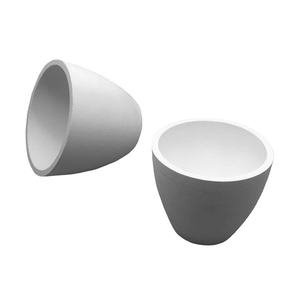Professional industry ceramic supplier, silicon nitride, silicon carbide, aluminum nitride and any other kinds of ceramics.
PRODUCT PARAMETERS
Description
Overview of Fireproof Cement Low Alumina Content Refractory High Alumina Castable
Fireproof Cement Low Alumina Content Refractory High Alumina Castable are non-metallic substances designed to withstand extreme temperatures exceeding 1,000°C, along with harsh chemical and physical stresses. They are essential for the inner linings of industrial furnaces, kilns, reactors, and incinerators, providing critical thermal insulation and structural integrity in processes ranging from metal and glass manufacturing to power generation.
Features of Fireproof Cement Low Alumina Content Refractory High Alumina Castable
-
High-Temperature Resistance: Maintain structural strength and stability at temperatures often exceeding 1500°C.
-
Excellent Thermal Shock Resistance: Withstand rapid heating and cooling cycles without cracking or spalling.
-
Chemical Inertness: Resist corrosion and degradation from slags, molten metals, and acidic or basic environments.
-
High Mechanical Strength: Possess considerable load-bearing capacity at operating temperatures.
-
Low Thermal Conductivity: Provide effective insulation to improve energy efficiency and protect furnace structures.
-
Abrasion Resistance: Withstand erosion from solid materials and gas flows.
Specification of Fireproof Cement Low Alumina Content Refractory High Alumina Castable
This fire-resistant cement is a refractory castable. It has reduced alumina material. Refractory castables are special blends. They solidify after including water. This product is made for high temperatures. It handles warmth well. Its almosts all are aggregates and binders. Accumulations offer toughness. Binders wait with each other. The alumina level is intentionally low. This makes it various from high-alumina castables. It uses products like fireclay. It could make use of calcined flint clay also. These are cheaper than pure alumina. The mix consists of calcium aluminate cement. This concrete works as the binder. It aids the castable set. It provides initial toughness. Other ingredients enhance performance. These ingredients assist with flow. They help with establishing time also.
This castable deals excellent insulation. It stands up to warmth effectively. It takes care of thermal shock reasonably. Thermal shock is sudden temperature level adjustment. It has good strength at high warm. It carries out well up to specific temperature levels. These temperature levels are lower than high-alumina items. However it suffices for numerous usages. It’s easier to install than blocks. You cast it or pump it into area. This conserves labor time. It develops a smooth cellular lining. Seamless cellular linings are much better. They protect against heat leaks.
You locate this castable in industrial heating systems. It’s used in central heating boiler cellular linings. It’s made use of in chimneys and flues. It’s good for warm therapy heaters. It functions well in locations requiring insulation. It functions where extreme leading warmth isn’t critical. Its lower expense is a large advantage. It gives good value for money. It supplies trusted efficiency. It matches lots of typical heating tasks. It satisfies standard industry needs. It supplies a useful remedy.
Applications of Fireproof Cement Low Alumina Content Refractory High Alumina Castable
Fireproof concrete with low alumina web content functions well for lots of usages. This product handles warmth successfully without setting you back excessive. It sticks to surfaces easily and sets up hard. You locate it lining smaller sized furnaces or covering fractures in warm locations. It’s good for locations where the heat isn’t extreme however constant. Maintenance teams frequently select it for repairs. It assists extend the life of devices. Home builders value its simpleness. It doesn’t call for extremely specialized abilities to use.
Refractory high alumina castable deals with harder tasks. It has a lot more alumina. This makes it withstand a lot greater temperature levels. It holds up against serious warmth and chemical wear. Steel mills rely upon it greatly. It lines the large heaters where steel melts. Cement plants utilize it inside their kilns. Power plant require it around boilers and incinerators. Foundries apply it to crucibles and ladles. It forms well prior to setting. Installers put or pump it into location. It creates a solid, dense barrier against the heat. This castable lasts longer under severe conditions. It secures costly industrial machinery. Choosing the right material relies on the heat degree needed. Both products save power and decrease downtime. They are essential for warm procedures throughout industries.
Company Profile
Tanki New Materials Co.Ltd. focus on the research and development, production and sales of ceramic products, serving the electronics, ceramics, chemical and other industries. Since its establishment in 2015, the company has been committed to providing customers with the best products and services, and has become a leader in the industry through continuous technological innovation and strict quality management.
Our products includes but not limited to Aerogel, Aluminum Nitride, Aluminum Oxide, Boron Carbide, Boron Nitride, Ceramic Crucible, Ceramic Fiber, Quartz Product, Refractory Material, Silicon Carbide, Silicon Nitride, ect. please feel free to contact us.

Payment Methods
T/T, Western Union, Paypal, Credit Card etc.
Shipment Methods
By air, by sea, by express, as customers request.
5 FAQs of Fireproof Cement Low Alumina Content Refractory High Alumina Castable
What is fireproof cement low alumina content refractory high alumina castable?
It is a special type of concrete mix. It handles very high temperatures. This mix uses high-purity alumina materials. It has less alumina than some other types. This makes it different.
Where is this castable used?
People install it in industrial furnaces and kilns. It works well inside boilers. Builders put it in places needing heat protection. It covers hot spots in metal processing plants. It fits where extreme heat happens.
Why use low alumina content?
Low alumina can save money sometimes. Alumina materials cost more. Less alumina might mean a lower price. But it still performs well. It gives good heat resistance without needing super high alumina. This balance matters for cost and performance.
How do workers apply this castable?
They mix it with water first. They pour or pump it into place. Sometimes they use tools to shape it. It needs careful installation. Proper mixing and curing are key. It sets hard after it dries. Then it can handle the heat.
What are the main benefits?
It withstands high heat for a long time. It resists damage from hot gases. It offers good strength against wear. It provides stable protection. It helps furnaces run longer. This means less downtime for repairs.
REQUEST A QUOTE
RELATED PRODUCTS
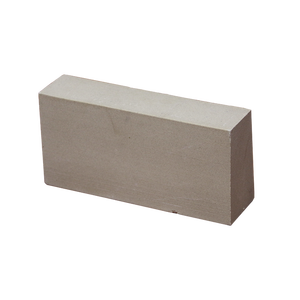
High-Temperature Ceramic Fiber Paper Fireproof Heat Resistant Insulation Material Excellent Tensile Strength For Refractory
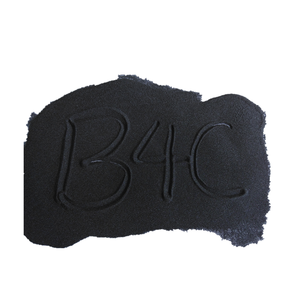
Refractory Porcelain Ceramic Crucible 20ml 30ml 50ml 150mm For Melting

Whole Corundum Mullite Ceramic Parts Industrial Refractory
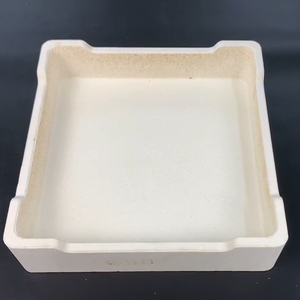
1260 Alumina Silicate Heat Insulation Refractory Ceramic Fiber Board Top Performance Building Material Ceramic Plate
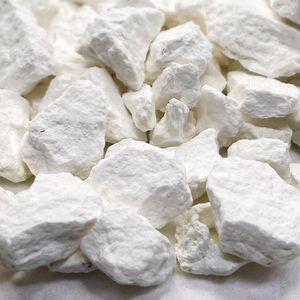
Refractory Heat Resistance High 95% 99% Porous Hollow Al2o3 Alumina Ceramic Tube/rod


